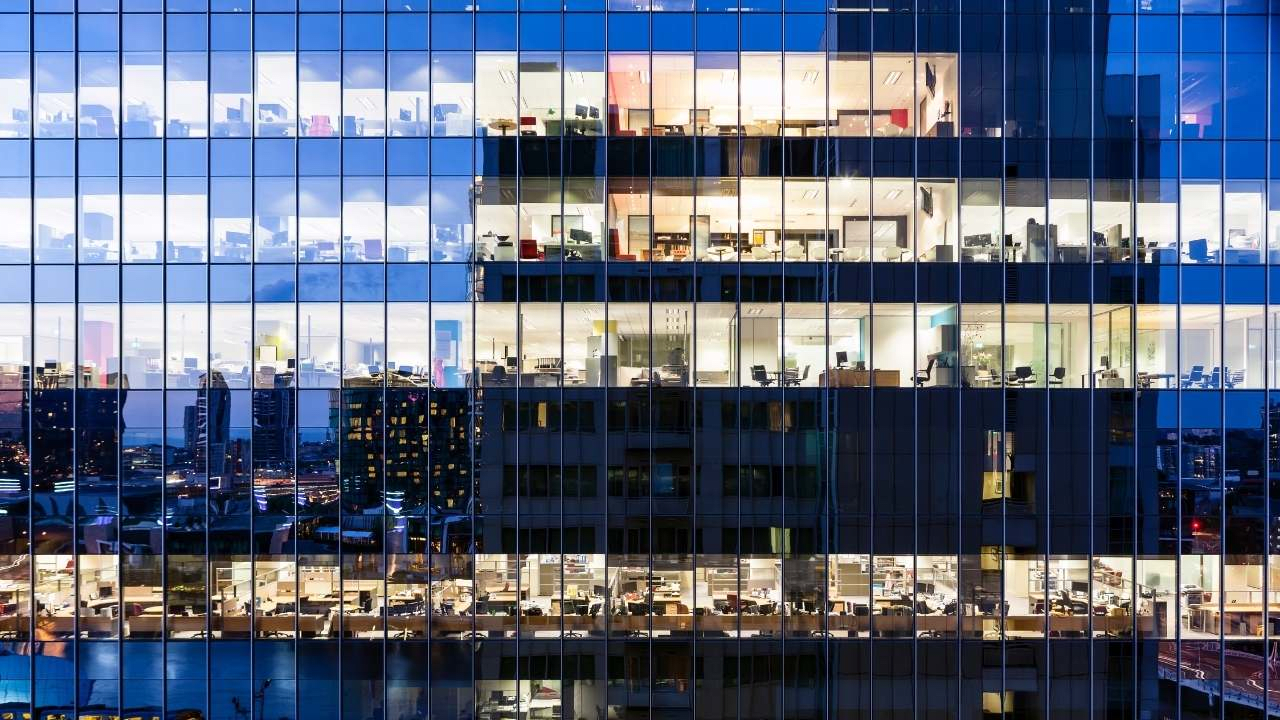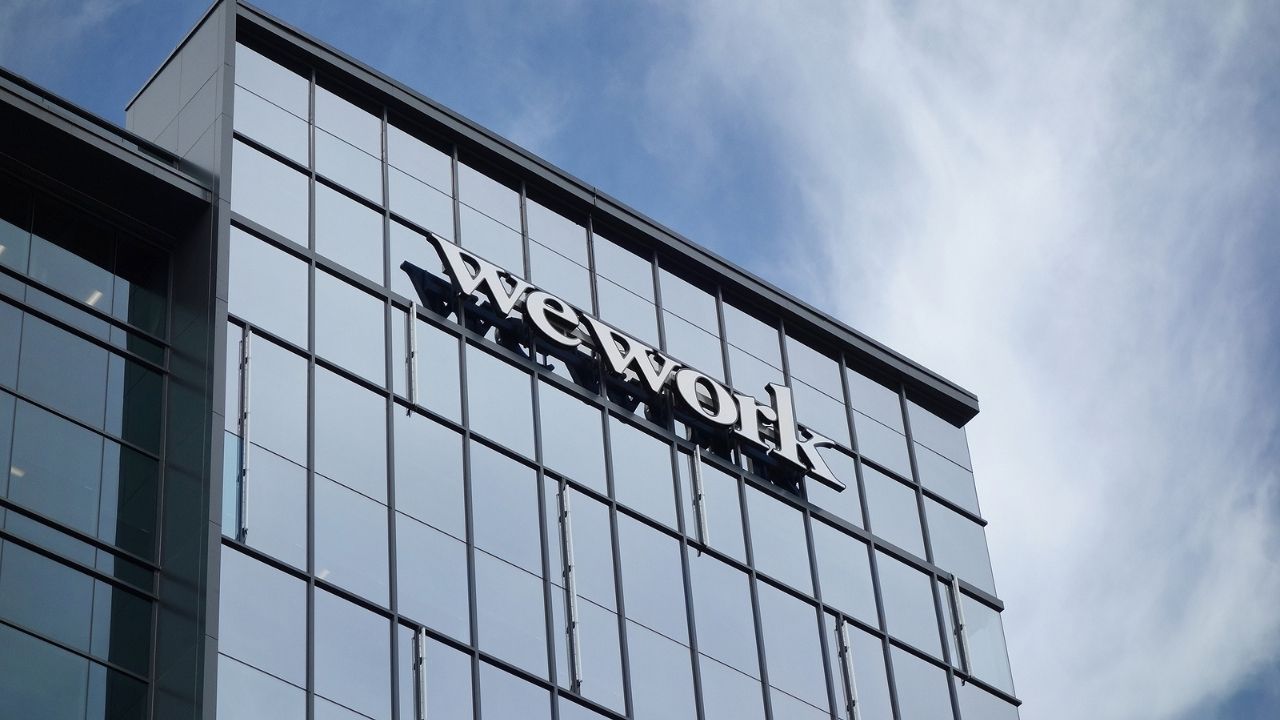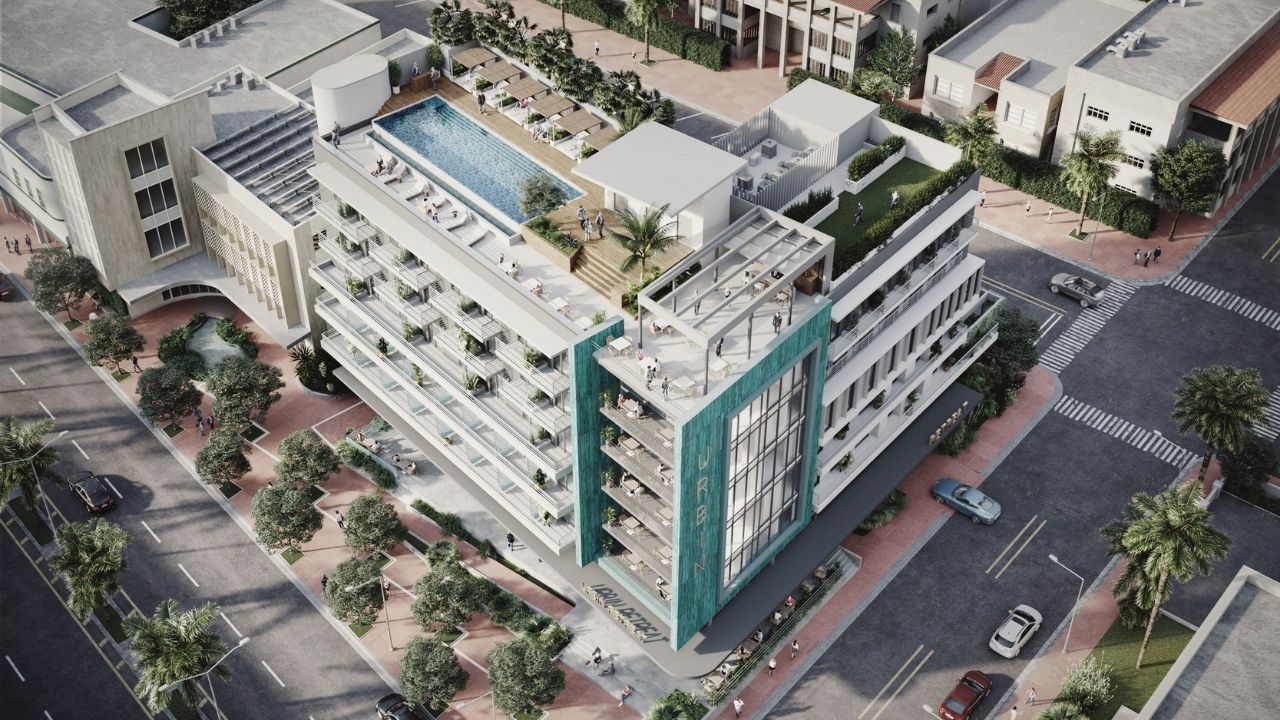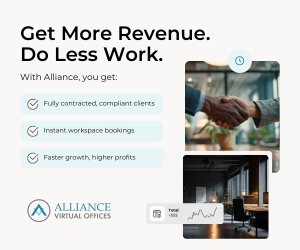Real estate experts have been predicting the shift to agility for the past few years, but the recent pandemic has thrusted the need for this workspace model into the spotlight.
Now, companies are weighing out the best ways to cut costs, opt for short-term leases and reduce office footprints as workers demand for more telecommuting arrangements.
One of the qualms with remote working is the negative impact it can have on corporate culture. If employees are not working in a space together, how can the company build a culture that boosts morale?
“In some aspects, having flex in your building can make your building more attractive to tenants, and arguably impact the value,” said Christelle Bron, leader of CBRE’s agile real estate practice in the Americas. “In some other ways, definitely the industry is figuring out that specific flex space. What should the cap rate be? Will there be an impact on it?”
Despite massive closures of flexible offices and limited cash flow, Bron remains optimistic about the future of the office sector. While some companies may opt for a distributed workforce indefinitely, it is more likely that they will opt for a hybrid of physical workspaces and remote working arrangements.
“Real estate is an exercise. And portfolio strategy is an exercise of matching the supply with the demand,” said Bron. “It’s an exercise of butts in seats. And the more the number of butts is changing, … the more difficult it is to adapt, especially when you sign 7-, 10-, 15-year leases.”


 Dr. Gleb Tsipursky – The Office Whisperer
Dr. Gleb Tsipursky – The Office Whisperer Nirit Cohen – WorkFutures
Nirit Cohen – WorkFutures Angela Howard – Culture Expert
Angela Howard – Culture Expert Drew Jones – Design & Innovation
Drew Jones – Design & Innovation Jonathan Price – CRE & Flex Expert
Jonathan Price – CRE & Flex Expert











